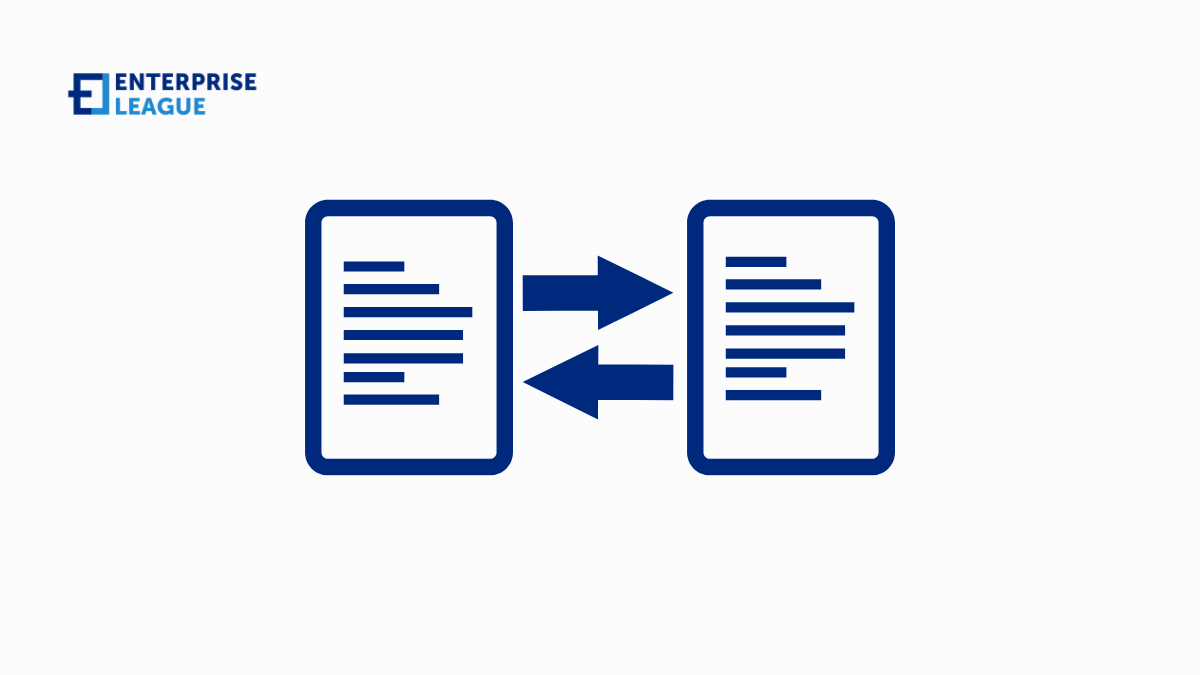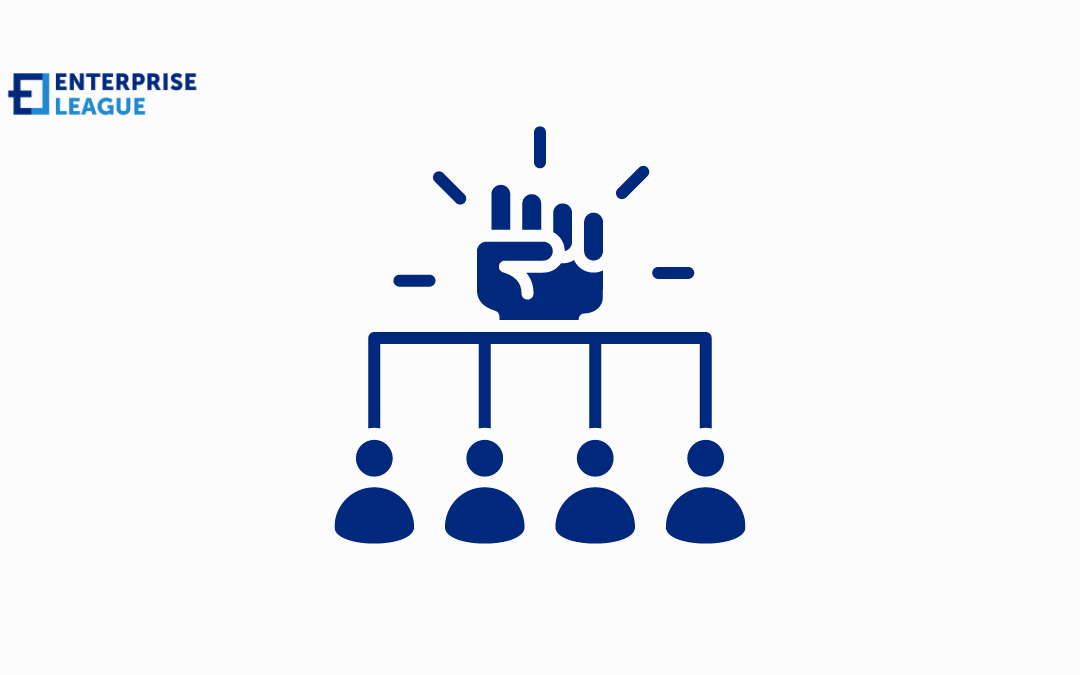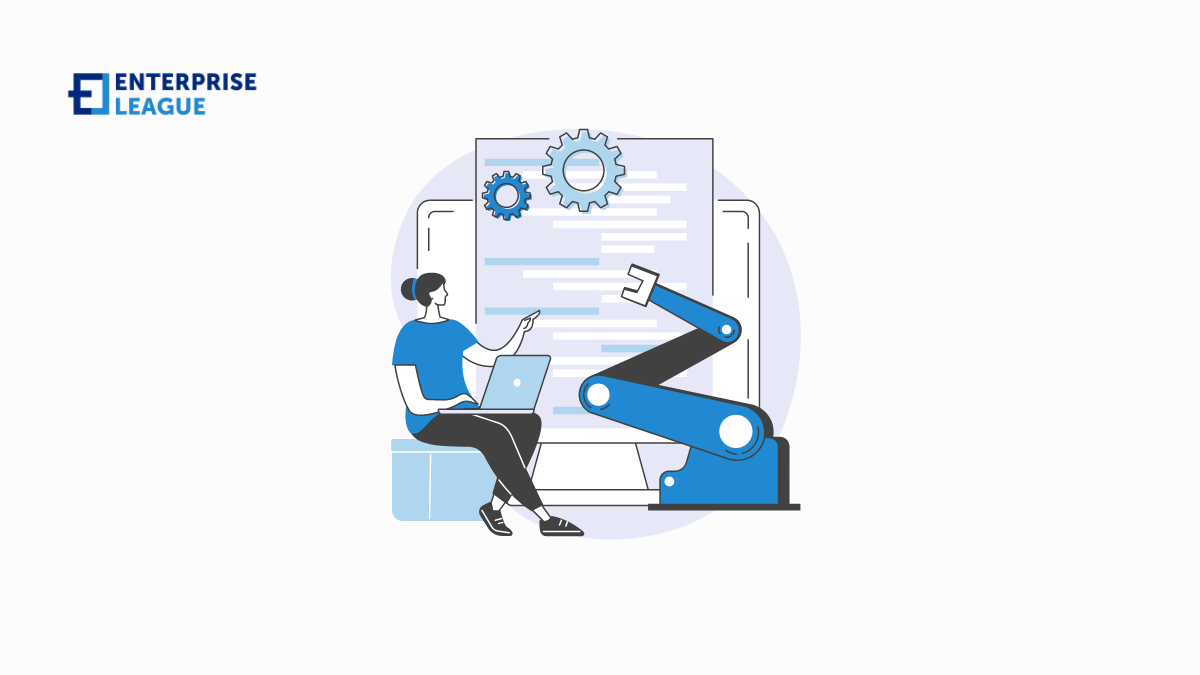Thanks to digital tools, learning is now much more flexible, engaging, and personalized since online employee training systems can do the job for you.

Optimizing performance and reliability in managed file transfer systems
Optimizing performance and reliability in managed file transfer systems
February 21, 2024

The ability to transfer files securely and efficiently is a cornerstone of business operations across industries. Managed File Transfer (MFT) systems have become pivotal in facilitating this need, offering robust solutions that ensure data integrity, security, and compliance. However, as the volume of data and the complexity of networks increase, organizations face the challenge of optimizing the performance and reliability of these systems. Achieving this optimization requires a multifaceted approach, focusing on infrastructure, software capabilities, and strategic processes.
Infrastructure enhancements
The foundation of any high-performing MFT system is its underlying infrastructure. Investing in high-quality, reliable hardware and ensuring that your network has the bandwidth to support large-scale file transfers are crucial steps. Moreover, the adoption of cloud technologies can offer scalability and flexibility, allowing businesses to adjust their resources according to fluctuating demands. Cloud-based MFT solutions can provide the added benefit of redundancy, ensuring that system failures do not impede the ability to transfer files, thus enhancing overall reliability.
Software capabilities
On the software side, choosing an MFT solution that offers comprehensive features tailored to your business needs is essential. This includes support for a wide range of file types and sizes, as well as compatibility with different operating systems and platforms. Advanced encryption and security protocols are non-negotiable to protect sensitive information against unauthorized access and cyber threats.
To further optimize performance, look for features that enable efficient data transfer, such as bandwidth throttling, checkpoint restart, and compression capabilities. These features help manage network resources effectively, ensuring that large file transfers do not overwhelm the system and that transfers can resume from the point of interruption in case of a failure.
Strategic processes
Beyond hardware and software, optimizing MFT systems involves strategic process improvements. This includes regular system audits and performance monitoring to identify bottlenecks and areas for improvement. Implementing a system of alerts and notifications can also aid in promptly addressing issues before they impact performance.
File transfer automation plays a pivotal role in enhancing both performance and reliability. By automating repetitive and time-consuming transfer tasks, organizations can reduce human error, improve efficiency, and free up valuable resources for other critical operations. Automation ensures that file transfers occur seamlessly and within scheduled timeframes, contributing to the system’s reliability and overall performance.
Training and support
Lastly, ensuring that your team is well-trained on the MFT system and aware of best practices in file transfer management can significantly impact performance and reliability. Comprehensive support from your MFT solution provider, including regular updates and access to technical assistance, is also crucial for maintaining an optimized system.
Conclusion
Optimizing the performance and reliability of Managed File Transfer systems is a continuous process that requires attention to infrastructure, software, strategic processes, and human resources. By investing in the right technologies, adopting file transfer automation, and fostering a culture of continuous improvement, businesses can ensure that their MFT systems meet the demands of modern digital operations. In doing so, they not only safeguard their data but also enhance operational efficiency, paving the way for innovation and growth in the digital era.
More must-read stories from Enterprise League:
- Get entertained and educated with some of the best business movies.
- What’s the secret to running successful cold email campaigns?
- Foretelling: transform your business by predicting future trends.
- Innovative small business growth tips that will take you to the next level.
- Key factors in determining salary increases for your employees.
Related Articles
Top 5 features every employee training system should have
How to automate appointment reminders and reduce no-shows with booking tools
Automating bookings and appointment reminders can greatly reduce no-shows and in this guide, we’ll explain why appointment reminders are crucial to retention.
The role of cloud migration consulting in digital transformation
Cloud migration consultants help businesses deal with the complex process of moving data and infrastructure to cloud environments ensuring smooth transition.
How dividends attract investors
Let’s take a look at the main benefits that make dividends worth considering if you’re a founder and want additional investment to fuel your business growth.
4 key factors in determining salary increases for employees
When approaching your boss to ask for pay raise, consider these following criteria that we are sharing for salary increase, because they most certainly are.















